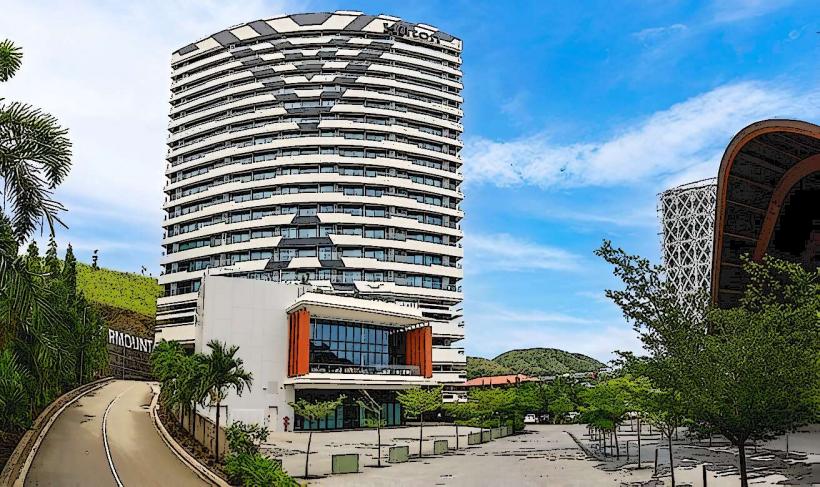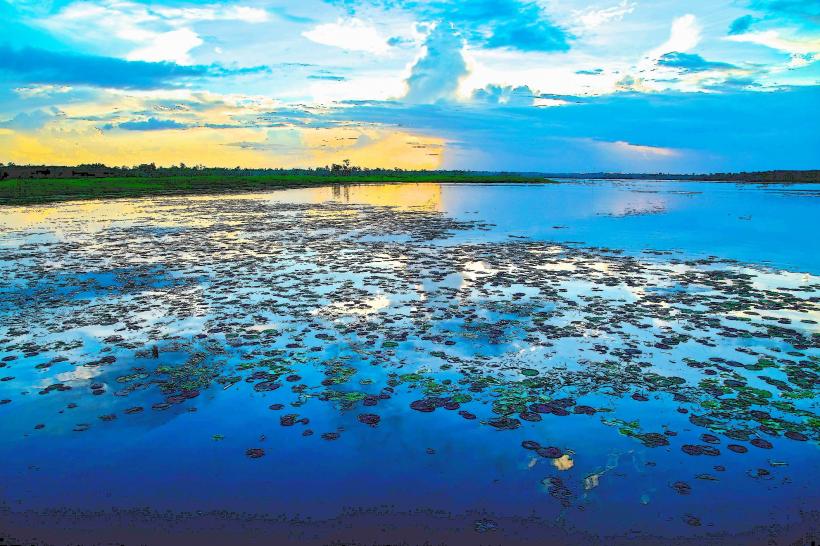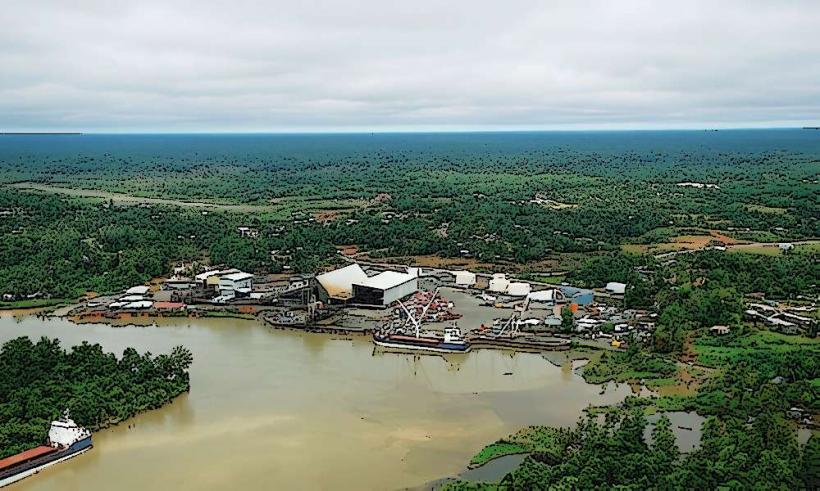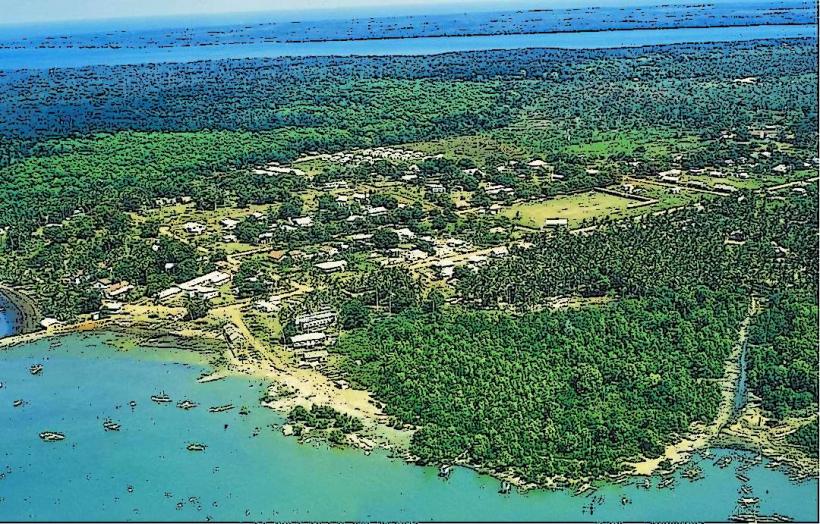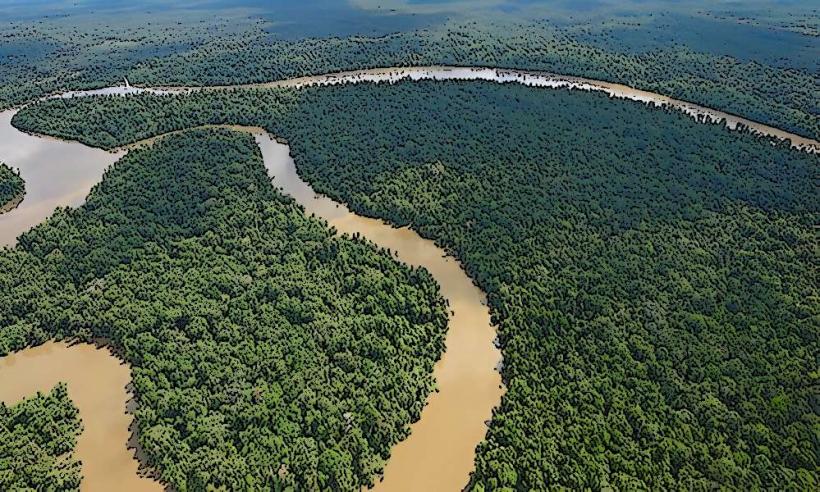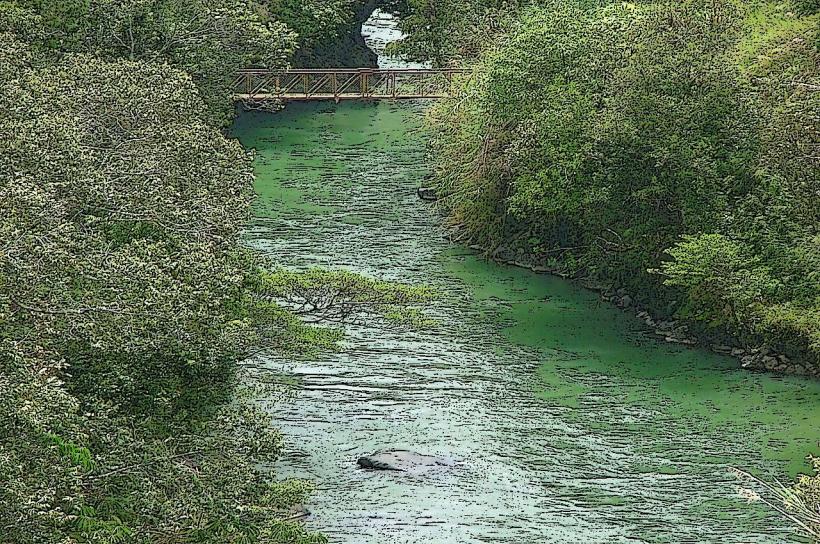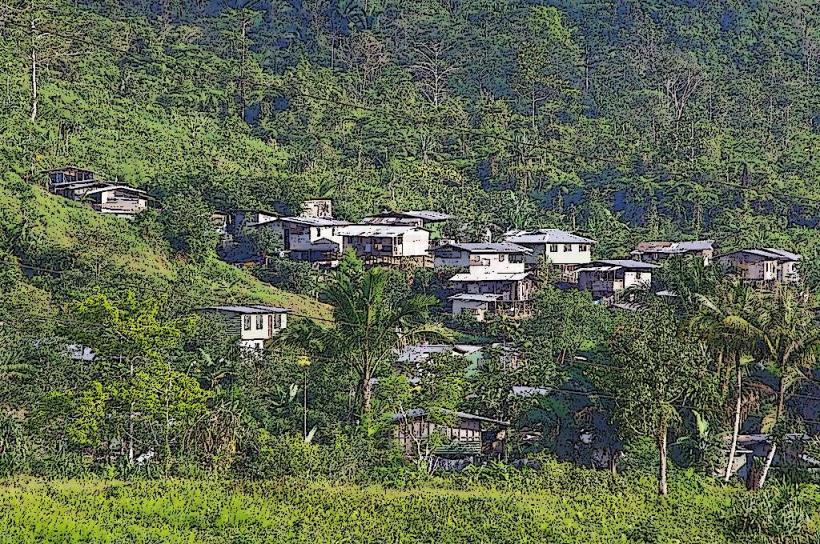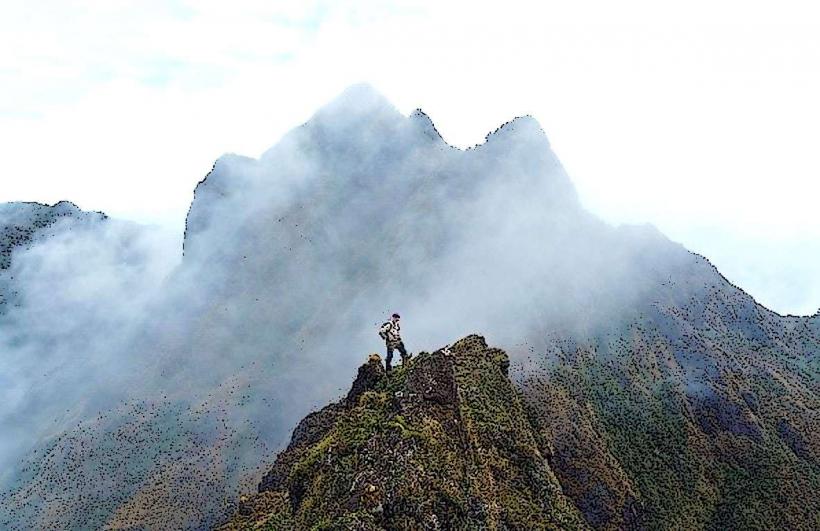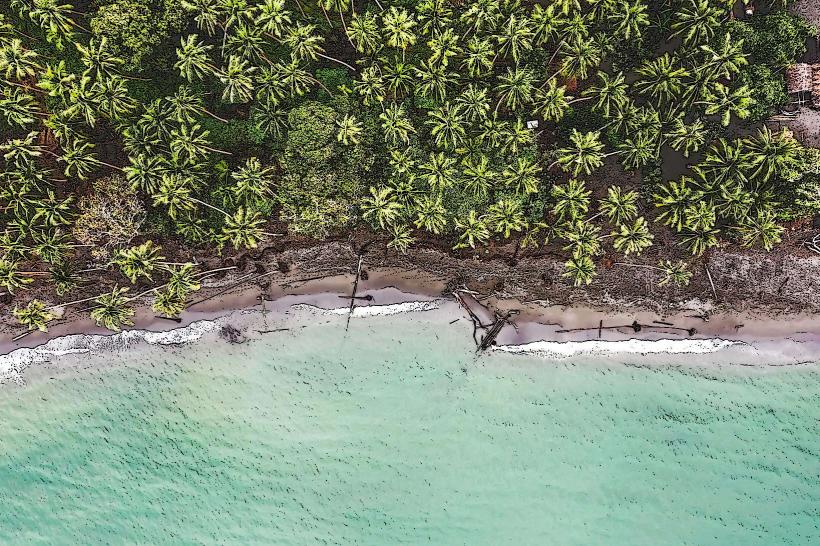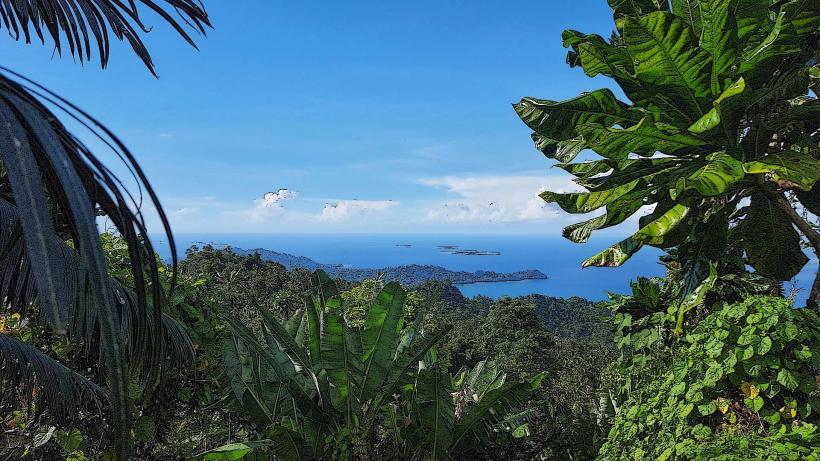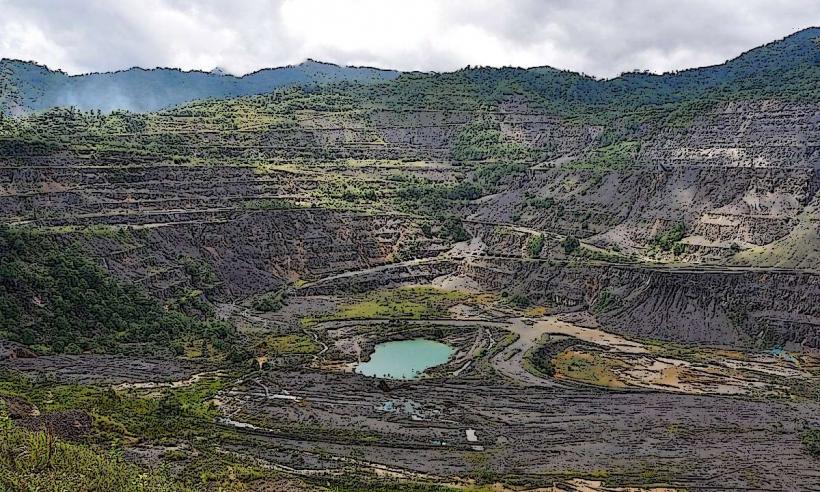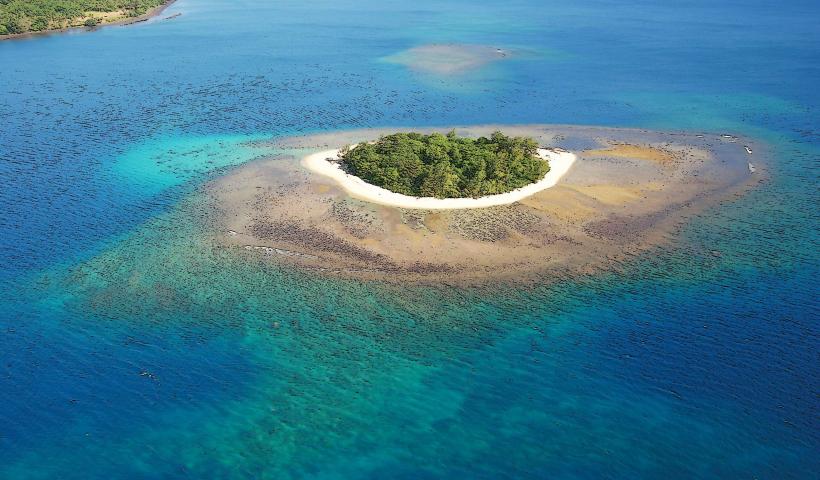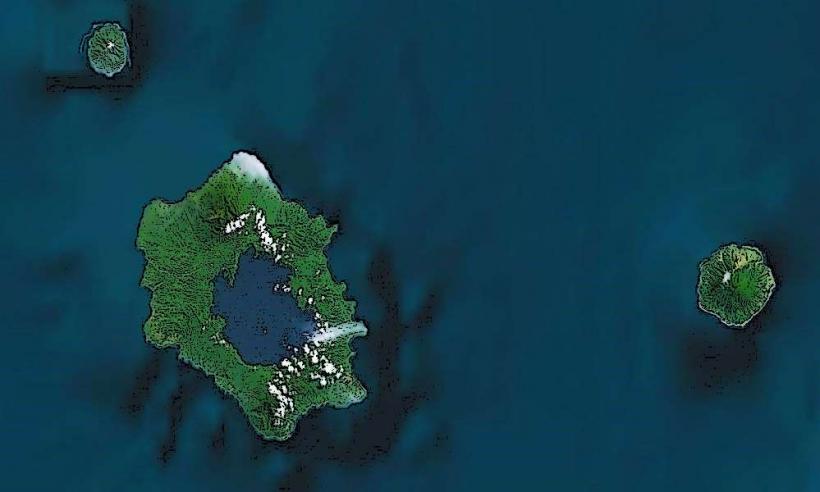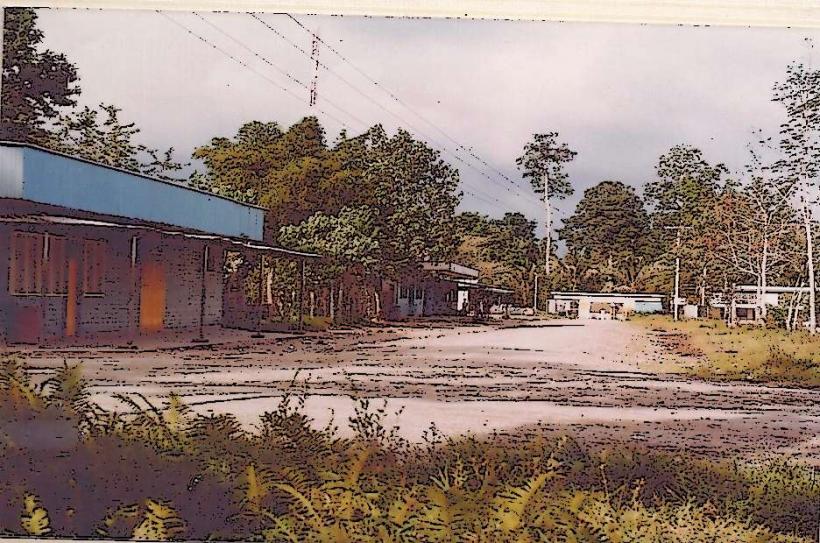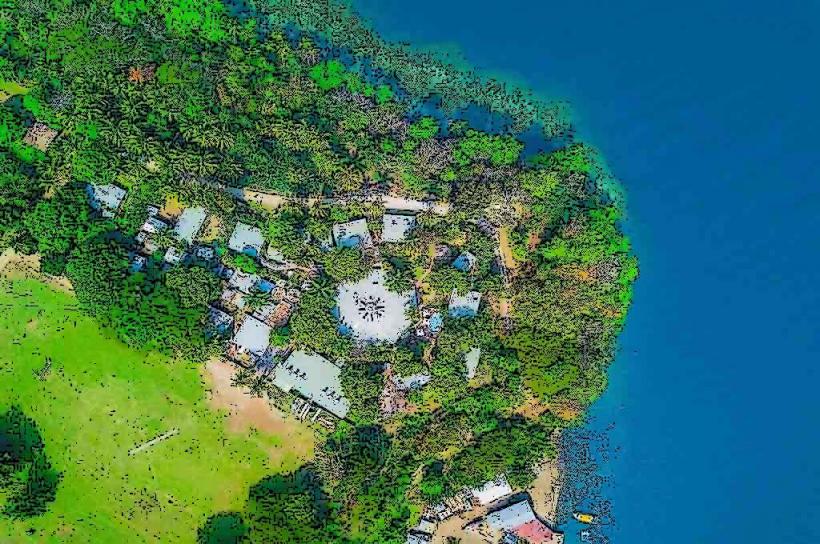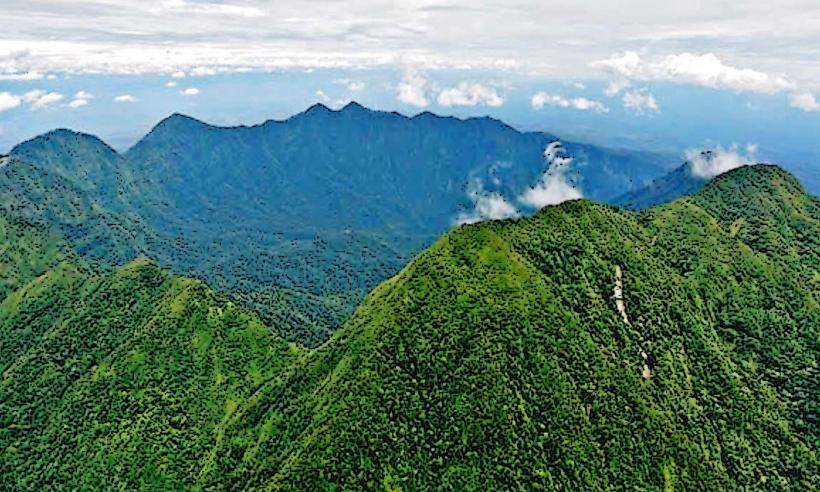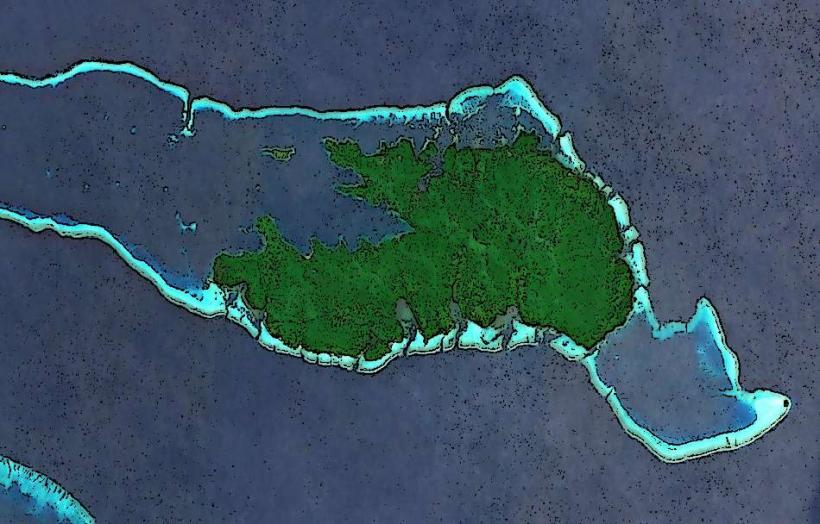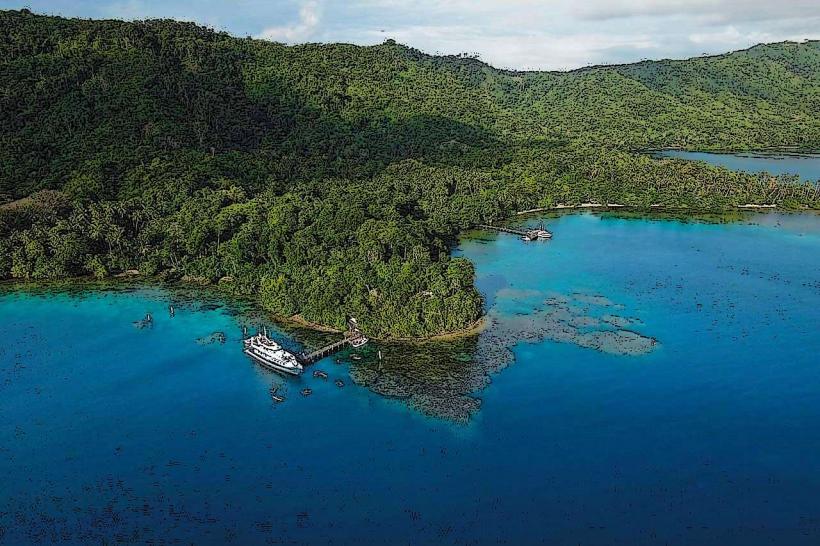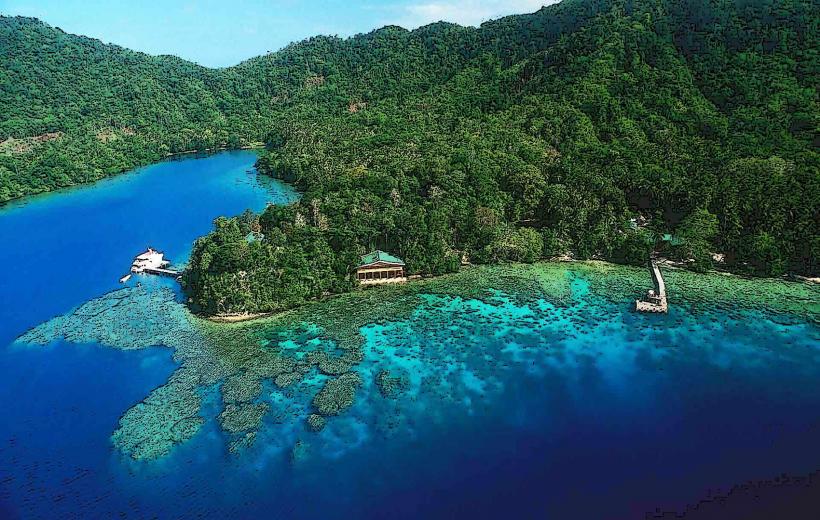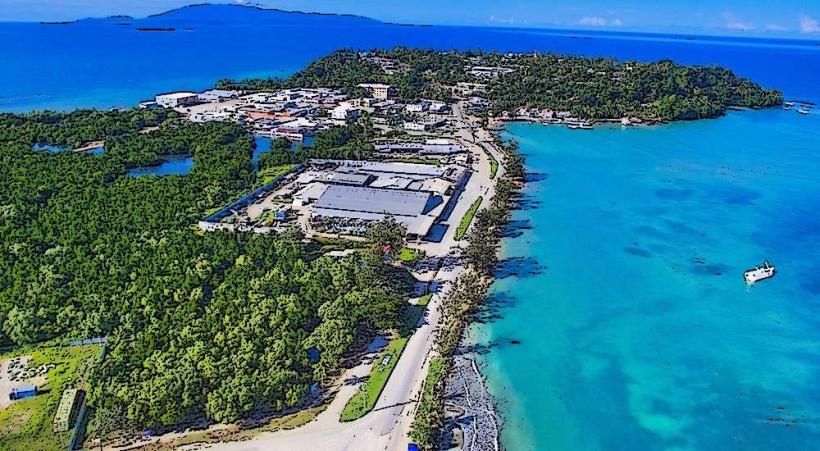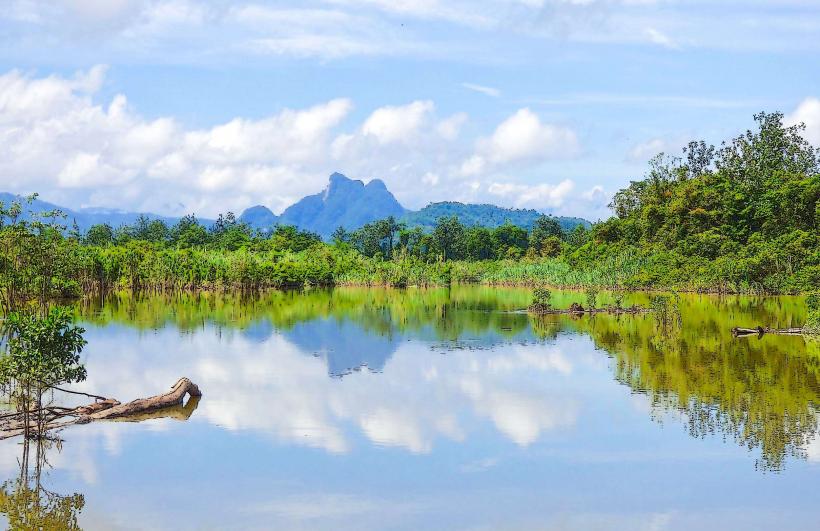Information
Landmark: Hela ProvinceCity: Provice Area
Country: Papua New Guinea
Continent: Australia
Hela Province is located in the central highlands of Papua New Guinea (PNG), and it is one of the country's most culturally and geographically unique regions. It is an area of significant cultural diversity, natural resources, and economic importance due to its involvement in the oil, gas, and mining industries. Here's a detailed overview of Hela Province:
Location and Geography
Location: Hela Province is situated in the central highlands of Papua New Guinea, bordered by the Southern Highlands Province to the south, Enga Province to the west, and Western Highlands Province to the north. The province is centered around the Tari Basin and the town of Tari, the provincial capital.
Geography: The province is characterized by rugged terrain, with steep mountain ranges, deep valleys, and a series of rivers, including the Tari River. The highlands of Hela are part of the larger Papuan Highlands, which are known for their dramatic landscapes and rich biodiversity.
Climate: Due to its highland location, Hela Province enjoys a temperate climate, with cooler temperatures compared to lower-lying coastal regions. The area experiences regular rainfall, particularly in the rainy season, which can impact agriculture and infrastructure.
Cultural and Ethnic Groups
Huli People: The majority of the population in Hela Province belongs to the Huli ethnic group, who are one of the most well-known and culturally distinct groups in Papua New Guinea. The Huli people are renowned for their wigmen tradition, in which men wear elaborate wigs made from human hair, adorned with feathers and ornaments. This is part of their rich cultural heritage that is expressed through traditional dances, rituals, and ceremonies.
Other Indigenous Groups: While the Huli are the dominant ethnic group, Hela Province is home to several other smaller groups, including the Duna, Kewa, and Komo peoples. Each group has its own distinct language, customs, and traditions. These communities have traditionally relied on subsistence agriculture and hunting, and their social organization often revolves around extended family and clan structures.
Languages: The primary language spoken in Hela Province is Huli, but other languages such as Duna, Komo, and Kewa are also spoken. These languages belong to the larger Trans-New Guinea language family.
Economy and Resources
Oil and Gas: Hela Province is home to significant oil and natural gas reserves, making it one of Papua New Guinea’s most important regions for the energy sector. The Liquefied Natural Gas (LNG) Project in the region is a major economic driver, bringing both investment and challenges. The Hela Province is central to the operation of this project, with infrastructure developments like pipelines, processing plants, and export terminals being built.
Mining: In addition to oil and gas, Hela Province also has mining activities, particularly gold mining. The presence of gold deposits has attracted both local and international interest in mining operations. This has had significant economic benefits but also has raised environmental and land-use issues.
Agriculture: Subsistence farming is a major component of the local economy, with crops such as sweet potatoes, taro, and yams being grown in the fertile valleys. Coffee and cocoa are also important cash crops in the region. Livestock, particularly pigs, is a key part of the Huli culture, used in ceremonial feasts and as a source of income.
Infrastructure Development: The economic boom from oil and gas development has led to the construction of roads, airports, and other infrastructure. However, there are still significant gaps in basic services such as healthcare, education, and sanitation in many rural areas of the province.
Historical and Political Context
Creation of Hela Province: Hela was officially made a separate province from Southern Highlands Province in 2012. This decision was part of efforts to better manage the region's oil and gas resources and ensure that the local population could benefit from these resources. The move also aimed to give the Huli people more control over their cultural heritage and land rights.
Tensions and Conflict: Despite the province’s wealth of natural resources, the region has faced tensions related to land ownership, resource management, and compensation for the oil and gas projects. Disputes between local communities and companies, as well as between different ethnic groups, have sometimes led to conflicts and unrest. Issues surrounding land ownership and compensation for natural resource extraction have been a source of tension in Hela and surrounding provinces.
Land Disputes: Land is an essential part of the identity and livelihood of the people in Hela Province. The introduction of large-scale resource extraction has led to disputes over land ownership, compensation, and the environmental impact of mining and oil operations. Many traditional landowners feel they have not been adequately compensated for the extraction of resources from their land.
Culture and Tourism
Cultural Heritage: Hela Province is known for its deep cultural traditions, particularly the iconic Huli wigmen. The Huli people celebrate their cultural heritage through various sing-sing performances, dances, and rituals. The annual Huli Wigmen Festival is a major cultural event, attracting visitors and tourists from across Papua New Guinea and abroad.
Wildlife and Natural Beauty: The mountainous terrain of Hela Province is home to an array of unique flora and fauna. The region is known for its biodiversity, including rare species like the bird of paradise and other endemic wildlife. The natural beauty of the area, with its rugged mountains, rivers, and forests, makes it an attractive destination for eco-tourism, though infrastructure is limited.
Tourism Challenges: Despite its cultural richness and natural beauty, Hela Province faces challenges in developing a sustainable tourism industry. The lack of infrastructure, security concerns due to occasional conflicts, and the remoteness of the area make tourism less accessible compared to other parts of Papua New Guinea.
Challenges
Development and Governance: While Hela Province has seen significant economic growth due to the oil and gas industry, there are still challenges related to governance, infrastructure, and the equitable distribution of wealth. Rural areas remain underdeveloped, and the benefits from resource extraction have not always reached the local population in a meaningful way.
Environmental Issues: The rapid development of the oil and gas sector has raised concerns about the environmental impact on the land and ecosystems of Hela Province. Issues such as deforestation, water pollution, and the disruption of traditional lifestyles have led to calls for more sustainable practices in resource extraction.
Social and Cultural Impacts: The influx of workers and outsiders into the province for resource extraction projects has led to changes in social dynamics. The traditional lifestyle of the Huli people has been impacted by modernity, and while some aspects of culture remain strong, there is ongoing tension between maintaining traditional values and adapting to new economic opportunities.
Conclusion
Hela Province is a region of immense cultural and economic importance in Papua New Guinea. It is a land of contrasts, with its traditional highland cultures coexisting alongside modern industries like oil, gas, and mining. While the province has tremendous natural resources, it also faces challenges related to governance, land rights, and environmental sustainability. The future of Hela will depend on balancing economic growth with the preservation of its cultural heritage and ensuring that the benefits of resource extraction are shared equitably with the local people.

